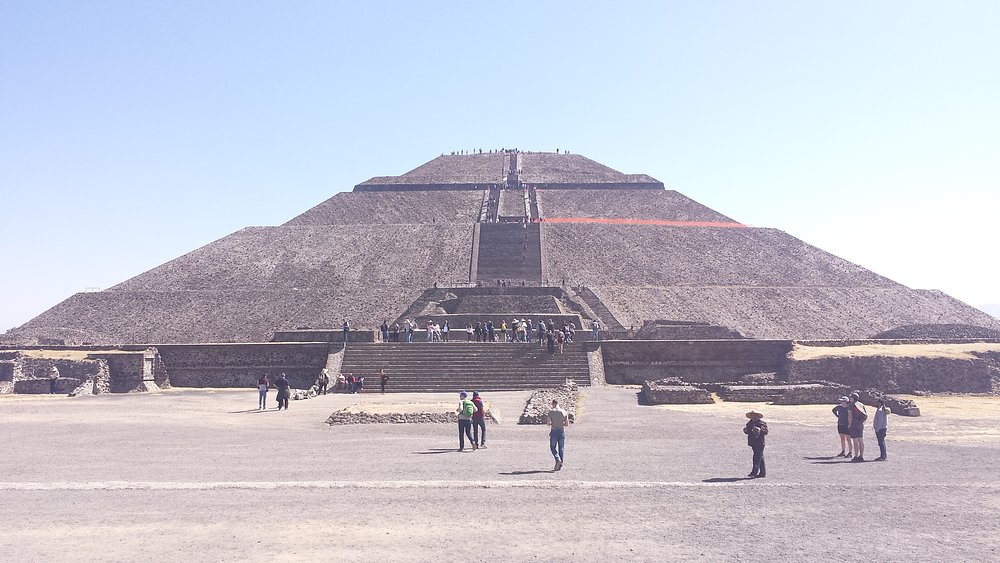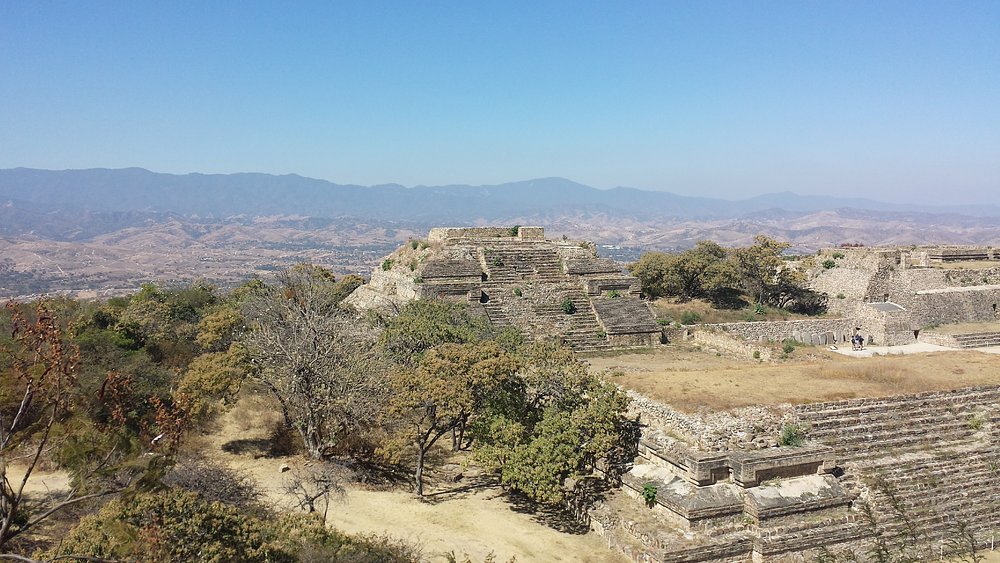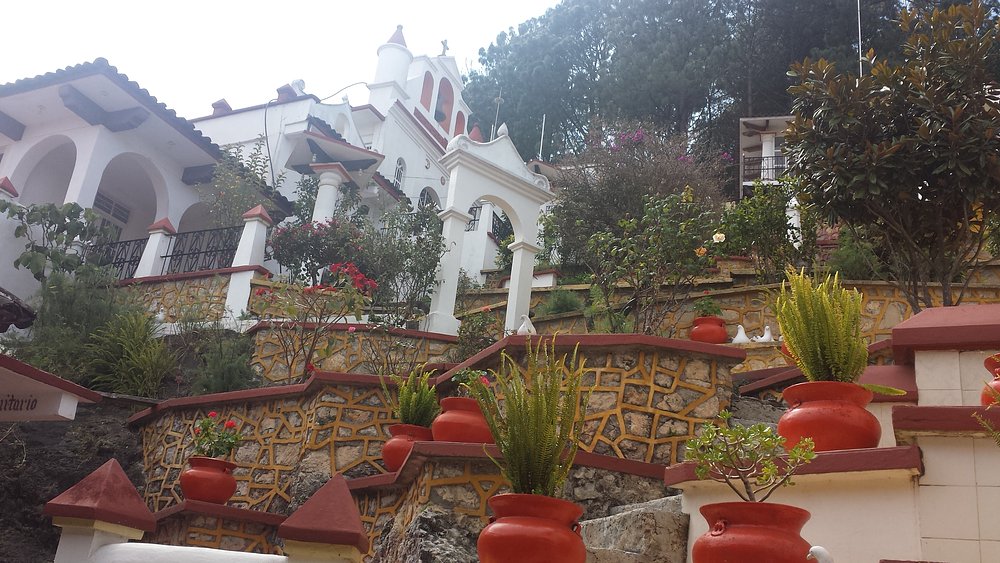Arrival
Mexico City has a well developed transit system, and you should be able to take the metro from the airport to wherever you happen to going. Regardless of any ill-reputation, it doesn't feel anywhere close to as unsafe as you might expect - but be sure to keep your wallet in your front pocket. One item of note is that if you need to travel in between terminals at Benito Juarez Int'l, the Aerotren that links the terminals doesn't run from 11:00PM to 5:00AM, which is coincidentally when the shuttle buses come less frequently, so be careful and give yourself plenty of time to transfer.
Day 1: Zocalo and Templo Mayor Museum
Made famous in the opening sequence of Sepectre (James Bond), Zocalo is the name given to the central plaza at the heart of Mexico City, and was built atop the centre of the Aztec capital. The area around the square has some of the oldest buildings in the city and is typically quite lively with street merchants and festivals. In the middle of the square you will find the Cathedral of Mexico City, famous for having sunk into the ground due to poor soil.
Adjacent to Zocalo you will find the Templo Mayor Museum, which includes a full excavation site in the heart of the city. While the museum's collection can't compete with National Museum of Anthropology (which comes later), the museum makes up for it with the open air excavation section, as well as fantastic information panels. If you must choose only a single museum in the city, this would be my pick due to ease of access and quality.
If you find yourself with spare time at the end of the day, I would suggest making your way to the Vasconcelos Library to check out the neighborhood. The library is a stunning piece of architecture, and you'll find plenty of restaurants shops, ad neighborhood character along the way.
Day 2: National Anthropology Museum and Coyoacan
I suggest starting the day at the museum, as its closer to the city centre, but this will vary with your lodging.
The National Anthropology Museum is like the big brother to Templo Mayor; it is simply massive in comparison, and has significantly more artifacts from Mexican, Aztec, and Mayan history. The infamous Mayan calendar takes centre stage at the primary gallery, but the other wings have a lot to offer with information panels to explain most things. Seeing the entire museum would easily take a whole day, so adjust your itinerary accordingly.
Coyoacan is a little distance away from the city centre, but it is worth the visit. The neighborhood has a very relaxed vibe compared to the city centre, and host a couple of points of interest: Frida Kahlo's house, Leon Trotsky's house, the Diego Rivera museum, a small zoo, and a quintessential Mexican market.
Day 3: Teotihuacan
Teotihuacan is not the prettiest or best preserved archeological site in Mexico, but it laughs down at the other sites from atop the Pyramid of Sun, which is 71m tall (approximately 21 storeys). Be prepared for a bit of a slog if you want to get to the top, particularly because the stair steps are tall and irregular. The site has a number of other structures to explore, and is large enough that you won;t feel crowded most of the time.
While your visit to Teotihuacan may only be a couple of hours, it is best to budget a whole day to it; it is rougly one hour outside Mexico City, can only be accessed by bus, and Mexico City traffic is not known to be fast or orderly. I would also pack a lunch, and in particular, a lot of water, as the site is in the middle of some pretty arid scrubland.
Day 4: Xochimilco
The Aztec capital of Technochitaln was built on a lake, and much like Venice, its citizens would reach various areas by boat. This still exists, to some degree, in the Xochimilco suburb. The suburb itself is entirely unremarkable - what you are aiming for is to get to the Embarcadero to take a trip into the wetlands. Getting there takes some time via urban rail, and on arrival the signs pointing you to the boats are small and lead you through an area that can at times feel unsafe. Once you get to the boats, you'll find they charge exhorbitant prices to take you to the wetlands - this is because the rates are by boat, not by person. I would recommend sticking around to see if any other tourists show up, as splitting the costs makes things much more palatable.
Departure
Getting around Mexico comes down to two options: planes or buses. I would not recommend driving.
Given that airplanes are somwhat expensive, the majority of Mexicans get around by bus, which has cotributed to a fairly orderly process. Buses are generally on schedule, tag your luggage to prevent theft, and will have merchants drop by at every major stop to offer snacks. Most buses have some sort of TV system, but this will usually play some kind of children's TV or a generic feelgood movie. Two notes regarding buses are that they can get quite cold with AC, and while the chairs are reasonably comfortable and recline well, the bumpy roads can get in the way of an overnight rest.


.jpg)

Thanks for the introduction.